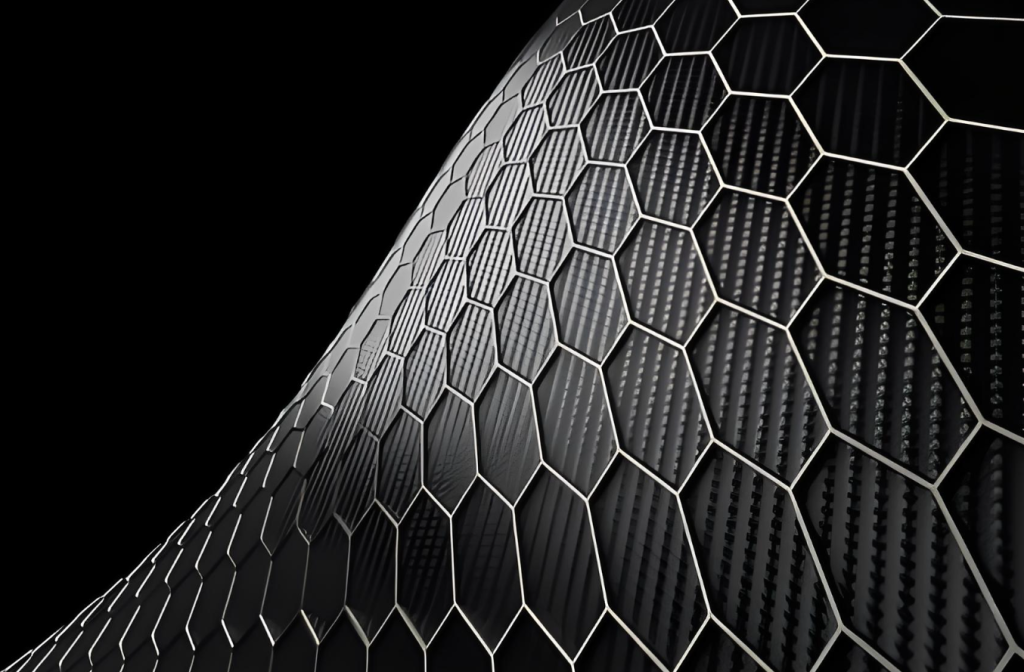Rise of Domestic Sports Brands: Giant, XDS, and Local Racket Manufacturers in the Carbon Composite Era
Introduction
While advanced materials such as carbon fiber were once the exclusive domain of foreign high-performance brands, the emergence of domestic Chinese sports brands marks a powerful shift in the global sports equipment landscape. Companies like Giant (China), XDS (Xidesheng), and Li-Ning have integrated carbon fiber composites, especially T300 and T700, into their product lines to compete with international peers on both performance and price.
This article delves into the evolution of these brands, their manufacturing ecosystems, and how domestically produced carbon fiber has enabled their ascent in the fields of cycling, badminton, and racket sports.

1. China’s Sports Equipment Market: A Snapshot
-
Market Size (2024): Over ¥400 billion (~$56B)
-
Annual Growth Rate: >10%, driven by fitness culture, urban cycling, and youth sports
-
Key Segments:
-
Cycling: Commuter, recreational, and racing
-
Racket Sports: Badminton, table tennis, tennis
-
Outdoor Sports: Helmets, skateboards, protective gear
-
The push for “Made in China” quality goods in the post-COVID era has also increased domestic brand recognition and trust.
2. Giant (China) – Global Brand, Local Manufacturing Power
Giant is a Taiwan-based brand with large-scale operations in China, particularly in Kunshan and Tianjin.
Carbon Fiber Integration:
-
Uses domestic T700 carbon fiber prepreg in many performance models
-
In-house frame manufacturing ensures:
-
Tight quality control
-
Compatibility with local material supply chains
-
Cost-effective production
-
Product Lines:
-
TCR Advanced Series: Entry and mid-tier racing bikes with T700 frames
-
Propel Aero Series: Incorporates wind tunnel-tested geometry + carbon layups
China-assembled Giant bikes now compete favorably in overseas markets (Southeast Asia, Europe) by leveraging domestic material advantages.
3. XDS (喜德盛) – The Homegrown Challenger
Xidesheng (XDS) is one of China’s largest and most technologically advanced bicycle brands.
Highlights:
-
Headquarters: Shenzhen
-
Facilities: Dongguan-based carbon fiber plant + smart manufacturing centers
-
Annual Output: Over 3 million bikes (including e-bikes, MTB, road)
Carbon Integration:
-
Uses T700 carbon fiber sheets sourced from Jilin Carbon and Zhongfu Shenying
-
Processes include:
-
Automated laser cutting
-
Robot-assisted layup
-
Hot press molding
-
Signature Models:
-
XDS Titan 5.0 Carbon MTB: Weighs <10 kg, competitive at global amateur level
-
Urban e-bikes: Carbon fork + seat post designs improving ride comfort and aesthetics
Competitive Edge:
-
Smart factories
-
Vertical integration
-
Proprietary geometry optimized for domestic users
4. Li-Ning and Yonex (China OEM) – Badminton and Beyond
Li-Ning: The National Pride
Li-Ning is arguably the most prominent Chinese sports brand in racket sports. Its badminton rackets, in particular, use domestic carbon fibers in shafts and heads.
Manufacturing:
-
Factories in Fujian and Guangdong
-
Carbon prepreg supplied by Haixing and Hengshen
-
Layup and curing are tailored per racket series (Control, Power, Speed)
Popular Series:
-
Windstorm (ultralight)
-
Turbo Charging (power and control balance)
-
3D Calibar (aerodynamic frame)
Yonex China OEM:
While Yonex is a Japanese brand, many of its rackets are manufactured in China through OEM partnerships, especially for mid-tier products.
These factories:
-
Use domestic T300 carbon for cost-effective production
-
Employ similar techniques as Li-Ning: autoclave curing, tension-tuned layup
5. Specialized Domestic Brands: A New Generation
Beyond giants like Giant and Li-Ning, numerous niche and emerging brands are leveraging domestic carbon composites.
Flash (闪电) – Not to be confused with Specialized (USA)
-
Based in Zhejiang
-
Focuses on carbon frame gravel bikes and urban e-bikes
-
Uses T300 and hybrid layups with basalt fiber for affordability
Toop (图博) – Entry-level sports gear brand
-
Focus on youth badminton rackets and helmets
-
Light-duty T300 carbon used for structural reinforcement
-
Popular in domestic school sports markets
Flyfish (飞鱼体育)
-
Develops carbon skateboards, rollerblades, and accessories
-
Targeting youth and Gen-Z with customizable carbon products
These brands benefit from close proximity to carbon fiber suppliers, often located in Jiangsu and Shandong.
6. Competitive Advantages of Using Domestic Carbon Materials
| Feature | Impact |
|---|---|
| Lower Material Cost | Enables aggressive pricing (15–30% cheaper) |
| Flexible Supply Chain | Custom layup patterns and rapid prototyping |
| Localized Designs | Tailored ergonomics for Chinese users |
| Rapid Scaling | Easier to meet seasonal or bulk orders |
By replacing imported T300/T700 carbon with homegrown fibers, these brands improve margins while maintaining high performance.
7. Trends: Branding, Exports, and OEM
a. Rising Global Recognition
-
Li-Ning badminton gear is used internationally (even in Olympic-level play)
-
XDS bikes are exported to over 50 countries
-
Giant China produces for global markets
b. OEM for Global Labels
Many Chinese carbon sports manufacturers are behind-the-scenes suppliers for Western brands.
For example:
-
Carbon frames made in Kunshan or Dongguan sold under Decathlon, Scott, or B’Twin
-
Badminton rackets built in Shenzhen for Victor or Carlton
This OEM model has helped upgrade domestic production standards, which in turn empowers local brands to launch their own competitive products.
8. What’s Next: Toward Smart and Sustainable Carbon Products
Looking ahead, these domestic brands are exploring:
-
Smart carbon composites: Integrated with sensors (force, GPS, fatigue)
-
Green processing: Bio-resins and low-temp curing
-
3D printing of carbon elements: For custom fit and repair
Brands like XDS and Li-Ning have already invested in R&D centers focused on the next generation of carbon-based sports products.
Conclusion
The integration of domestically produced T300 and T700 carbon fibers has enabled a wave of homegrown Chinese sports brands to rise and compete globally. Companies like Giant (China), XDS, and Li-Ning are no longer seen as “budget alternatives,” but as technically advanced players offering reliable, innovative products.
By fully leveraging carbon fiber’s advantages and aligning with China’s manufacturing strength, these brands are now exporting their vision of high-performance, affordable sports equipment to the world.

